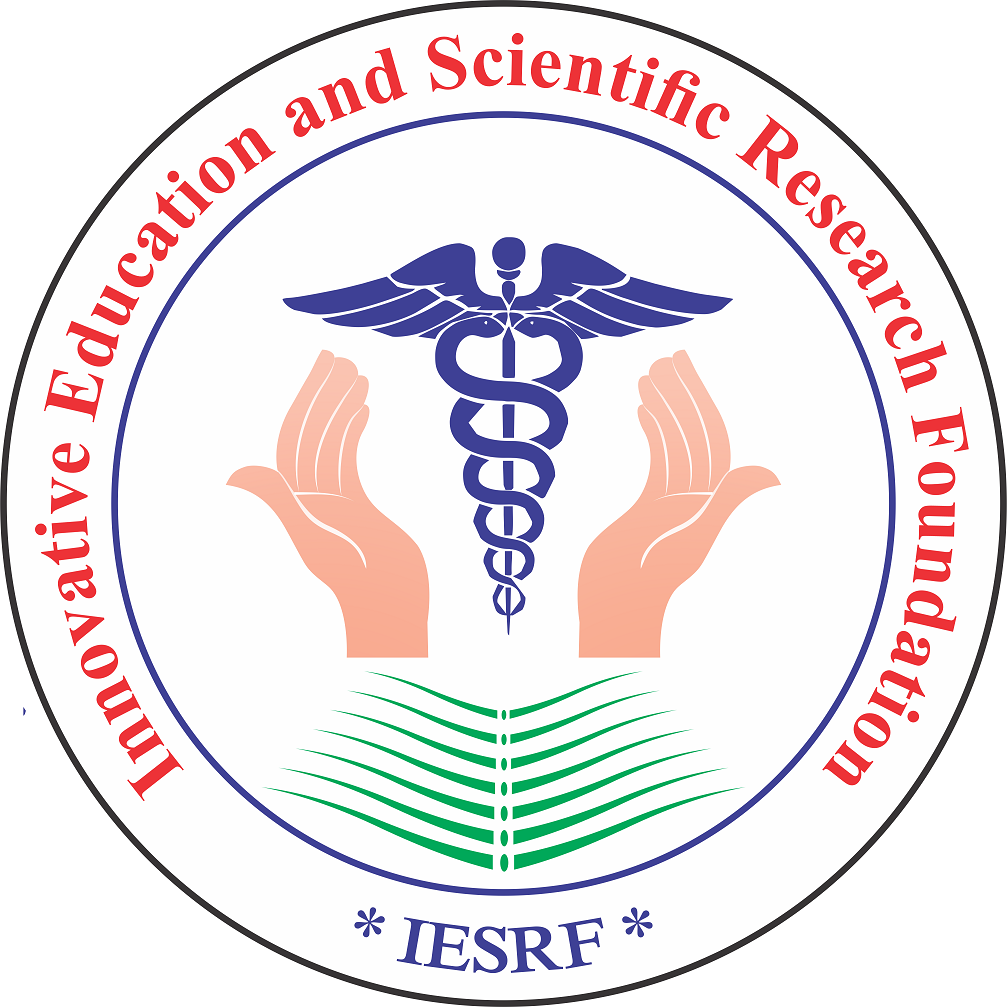Ahead of Print
Personnel Identification Using DNA Extracted from Saliva Retrieved by Dental Prosthesis
Authors: Dr. Gauri Bandre, Dr. Jyotsna Seth, Dr Varun Kumar
DOI: 10.18231/j.ijfcm.12647.1759734560
Keywords: Keywords: Forensic odontology, DNA extraction, dental prosthesis, saliva, personal identification, PCR, STR, amelogenin
Abstract: Background: Forensic odontology plays a pivotal role in human identification, particularly in scenarios where conventional methods are ineffective. Dental prosthesis, by virtue of their resilience and contact with oral fluids, can retain saliva containing epithelial cells, offering a viable source of DNA. Aim: Personnel Identification Using DNA Extracted from Saliva Retrieved by Dental Prosthesis. Materials and Methods: This observational cross-sectional study will be conducted on 60 individuals wearing complete, removable partial, or fixed dental prosthesis. Saliva samples were collected using sterile swabs, and DNA will be extracted using a silica column-based method. PCR amplification was performed for amelogenin gene-based sex determination and VNTR analysis for individual identification. Results: The results indicated that DNA profiling is successful in 88.3% of samples. Fixed prosthesis are the most satisfactory in terms of DNA concentration and purity (mean concentration: 5.20 ng/µL; mean A260/280: 1.812), whereas complete dentures are less satisfactory across these parameters. Sex determination using the amelogenin gene is achievable in 97.3% of samples, and full STR profiles are obtained in 66.7% of cases. These findings highlighted the potential of fixed prosthesis as reliable sources for forensic DNA analysis. Conclusion: Dental prosthesis can serve as reliable sources of forensic DNA evidence. Salivary DNA recovery from these prosthesis demonstrates strong potential in personal identification, particularly in mass disaster or unidentified body scenarios.
